Chess Strategy- 15 Move Checkmate (Live Video From Actual Game)
Chess Strategy
15 Move Checkmate (Live Video)
(Checkmate In 20 Moves or Less)
I recently played a chess match on chess.com against a random online opponent and won the game in only 15 moves. I recorded a video of the chess game’s play back, and wrote a break down for all you adamant chess players out there on what can be learned from this 15 move checkmate.
The chess match video is below, along with the breakdown and 5 chess strategy rules that can be learned from this game.
15 Move Checkmate
Chess Strategy:
Lessons & Breakdown From The 15 Move Checkmate
We’ll first do a breakdown of the final 3 moves for both myself and my opponent, and then focus on the 5 chess strategy lessons that can be learned from this chess match.
What can be learned from this chess game is one of the points discussed in chess strategy 101, that you do not need to capture all your opponents chess pieces in order to win the chess match. Many times, you can win a chess match by only capturing few of your opponent’s pieces.
It’s important to note in the video, that placing the queen behind the rook was critical in winning this game. Once the King had castled, it was fairly simple to move the pieces in, and even without checkmate, put my own chess pieces in a position to capture my opponents pieces.
Blow are the final 3 moves for both myself and the opponent, and how in order to achieve this 15 move checkmate, it required a certain degree of patience, awareness, and slight chance.
1.
As you can see above, I had previously moved my rook in a position to be backed by my queen. In any chess match, this is always a very powerful position to be in, especially when on King side.
With my rook backed by my queen, I was already in a position to capture the bishop, place the King in check, and then capture my opponent’s rook as well.
My opponents next move was a major mistake. They positioned their rook across from my own rook, most likely assuming I would capture their Rook, which would be a fair trade of us both losing a rook.
However, this now put myself in a position to capture the bishop, place the King in check, and then capture the queen once the King moves out of check. Even better, my own rook would not be captured. This means I would capture my opponent’s bishop AND queen, without losing a chess piece of my own, a very advantageous capture.
My opponent then moves their King out of check, but in a very poor position, as you can see from the final result. However, rather than rush and capture the queen, I kept my focus on capturing the King, which is the most important part of how to play chess.
Instead of capturing the queen, I was able to move my queen into a position to place my opponent’s King in checkmate, only having captured 5 of my opponent’s pieces, 3 of them being pawns.
Keep in mind that this 15 move win involved a certain degree of “mistakes” from my opponent, but had I not been applying patience and focusing on capturing the King, rather than my opponent’s chess pieces, this game could very well have gone on much longer.
5 Lessons From This Chess Game
1. Do Not Always Instantly Capture Your Opponents Chess Pieces
What can be learned from this game is that it is not always about capturing all of your opponent’s chess pieces, but paying attention to the chess board and using your own chess pieces strategically. Had I taken the bait and captured my opponents bishop right off the bat, or captured the rook, I would not have won the game so quick and effortlessly.
While it’s tempting to capture a chess piece right away, be aware of the chess board, and how avoiding one capture can lead to a much greater capture.
2. Be Patient
Patience was a key factor here. Had I just moved in to capture the bishop and rook, I would not have won the game, or at least been in the position to capture my opponent’s queen without him capturing any of my own chess pieces in return. The best way to acquire skilled patience is of course to practice the game, but for those learning chess, be mindful of this.
3. Back Up Your Chess Pieces
It goes without saying had my rook not been backed by my queen, this 15 move checkmate would never have happened. The queen was the key piece in winning the game, while the rook, in a sense, was just being used as a “pawn” to set up the win.
4. Focus On Checkmate, Not Just Capturing Chess Pieces
It can be very tempting to capture your opponent’s chess pieces at every opportunity. This is especially true for beginner’s of chess. While it may be tempting, be aware that sometimes your opponent is setting you up to capture one of their pieces, to put themselves in a better position.
For example, in this game, my opponent originally moves their bishop to the corner (44 seconds into the video), hoping I would take the bait, capture their bishop, and their King would capture my rook. This would be a better trade for my opponent. Instead, I moved the queen to back up the rook, setting myself up to be in a much stronger position for attack, and eventually leading to checkmate.
Also, in this game, I only captured 5 of my opponent’s chess pieces (3 pawns, bishop, and a knight) before achieving checkmate. Do not think capturing more pieces is the only way to win. (This is also very evident in the 2 move checkmate (foul’s mate), 3 move checkmate, and 4 move checkmate (scholar’s mate).
5. Focus On Moves Of Value
It is not always necessary to move EVERY chess piece to win the game of chess. In this game, the only chess pieces I really utilized were my bishop, queen, rook, and pawns. The rest of my pieces I never even bothered moving. This doesn’t mean every chess match will play out this way, but with experience, you’ll soon learn when you can quickly attack and capture your opponent’s King with only a few of your own chess pieces.
Learn More:
Learn Chess 101: Learn How to Play Chess, the Rules of Chess & Basic Chess Strategy
Learn How to Win Chess in 2 Moves (Fool’s Mate/2 Move Checkmate)
Learn How to Win Chess in 3 Moves (3 Move Checkmate)
Learn How to Win Chess in 4 Moves (Scholar’s Mate/4 Move Checkmate)
Learn How to Castle in Chess

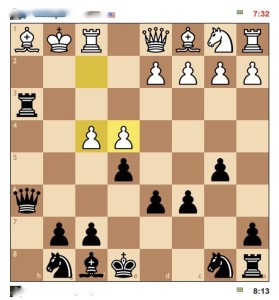

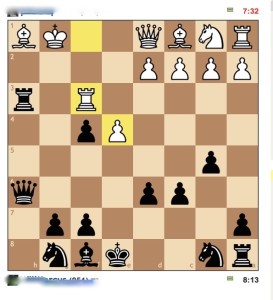

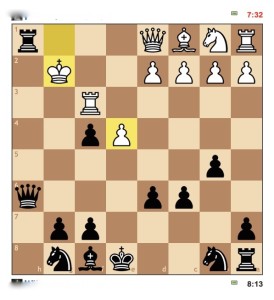
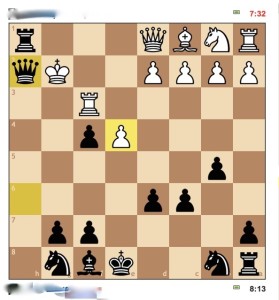
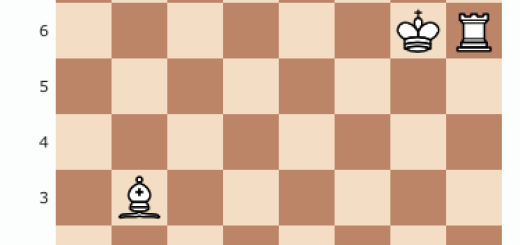
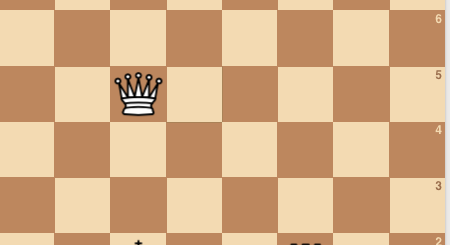
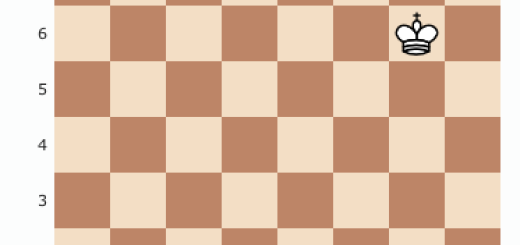
Well played. Like that you don’t show the usernames of your opponent and respect their privacy. Also great breakdown with the chess lessons. I use to rush into capturing pieces whenever I could, but obviously, know much better now.
-Sasha